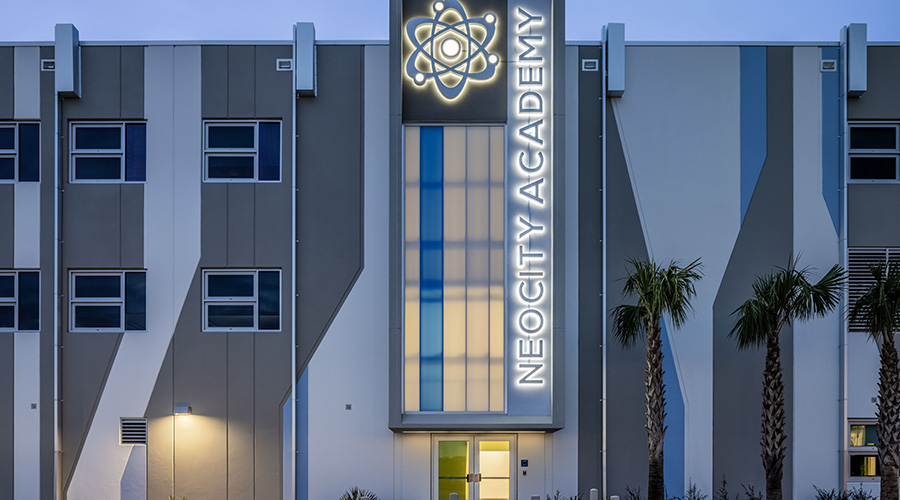Energy Modeling Provides Benchmark Of Benefits For Investments
One strategy to evaluate different efficiency strategies is building and energy modeling, which needs to be completed in the first conceptual stage of master plan assessment and review. Modeling will provide a benchmark of the operational benefits of potential new investments.
Creating sustainable facilities requires the use of modeling tools to assess the economics and advantages of different scenarios prior to physical construction.
Although energy modeling is often thought of as a tool for new construction, it is in fact equally useful in renovations. And it is gaining wider use. LEED for New Construction requires energy modeling for new construction and major renovation projects seeking certification, and the popularity of that green building rating system has spurred wider use of modeling. Today, there is a range of widely accepted energy modeling programs, plus a growing pool of firms with expertise in modeling. In a renovation, energy modeling can be used to analyze costs and benefits of upgrade options and to determine which measures will best meet an organization's objectives. What's more, energy modeling is required to earn EPAct tax deductions for HVAC and building envelope improvements.
Energy modeling was used in the renovation of the 330,000-square-foot U.S. Bank Plaza in Madison, Wisc., to decide which energy efficiency measures should be taken. That analysis led to a massive overhaul of the building. Measures taken included: a BAS to program, monitor, control and regulate all building systems; low-e, double-pane, insulated curtainwall for the building's southeast and southwest facades; two high-efficiency chillers with increased cooling capacity requiring a smaller electrical input; replacement of the cooling towers and induction unit with newer, more efficient equipment; a VAV conversion; and a DDC upgrade.
Following the renovation, average monthly electrical use fell by 38 percent, and there was a marked increase in tenant satisfaction and comfort. The energy model was an important part of the decision-making process. "We're going to own and operate this building for the next 50 years; you only get one chance to do it right," says Brad Binkowski, owner of Urban Land Interests, which purchased and renovated the building.
Building information modeling (BIM) is another advanced software tool worth considering for major renovations. Like energy modeling, BIM requires the collaborative effort of project team members for a successful model, creating a natural avenue for efficient, holistic building designs. The collaborative nature of modeling demands that all project members share their designs early in the process, which informs other team members and creates a higher quality building. The software becomes an invisible hand that holds all the design players accountable.
Adding measurements for desired efficiencies into a model enables real-time operations to be predicted. During this process, different ideas and equipment in each space can be tested via virtual building simulation to determine optimal results and work out any conflicts that might arise in the field.
Both BIM and energy models have the capacity to capture more information than is just contained within the model itself, attaching pertinent, supplemental details to aid the larger effort, including energy parameters, sequence of systems operation and maintenance guidelines.
Implementation Plan
Once the master plan has been updated, the implementation plan needs to be set in place prior to construction. This plan will go into more detail, fine-tuning each decision and determining the exact costs of integrating each green technology. The designer will spearhead the permitting and bidding process for the building at this point as well, as some upgrades may require permits or competitive bidding.
The implementation plan also demands instruction of the building's current operations staff to facilitate lessons in the new systems technology. The re-branding will only be successful if its new systems operate as designed and modeled.
Contrary to popular belief, newer, more complex technology isn't harder to operate. Instead, it should be easier. The goal is an integrated process where systems are tailored to the building's specific operating and efficiency needs, from programming the BAS down to minor controls. That is an essential part of making the new, efficient infrastructure a critical asset to the high performance of the building.
Related Topics:













